Imagine a place where primitive tribal life is still lived in this period. Moreover, I'm not talking about just a single village, in a small area, but I'm talking about the Omo Valley, which is a very wide geography with an area of 4068 square meters, where the Omo River passes, from the southwest of Ethiopia to the Kenyan border. Omo ValleyOne of the most interesting places in the world, where more than 80 tribes continue to keep their unique cultures alive, is the place where time stands still.
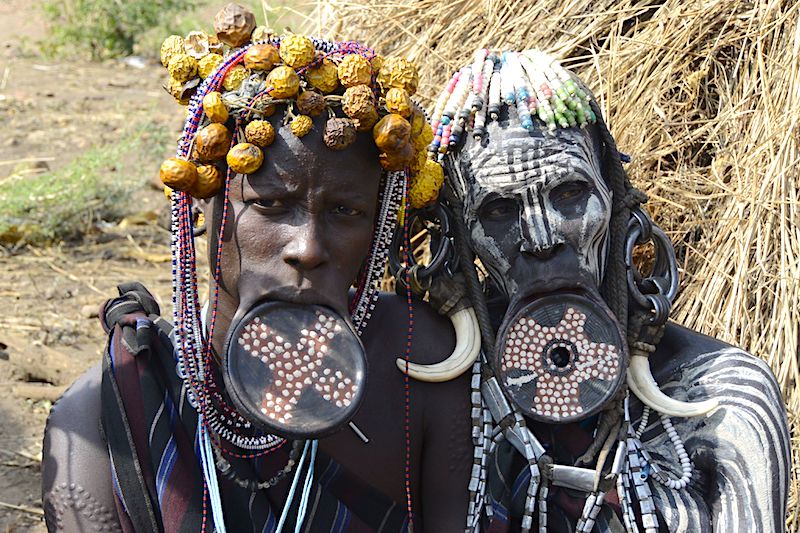
How to Get to Omo Valley
Going to the Omo Valley and seeing the tribes in place increases its attraction for travelers day by day. Many international or local tour companies offer tours to the Omo Valley. The region is a protected area and is on the UNESCO World Cultural Heritage list, and includes many national parks. Omo Valley is a must-see place not only to see the tribes, but also to see the lush green valleys, the lakes where hippopotamuses and many species live, the fertile plains and the Omo River.
The first stop to go to the Omo Valley is Addis Ababa, the capital of Ethiopia. The tours depart from the capital by plane or 4×4 vehicles to Arba Minch, the closest major city to the Omo Valley. Tours starting from 7-8 days can extend up to 16 days. The geography is challenging, the distances are long, so you can spend a day on the road to see a single tribe from one place to another. Jinka and Turmi Villages are the villages where travelers stay to see the tribes. Generally, transportation is provided by 4×4 vehicles to the places where the tribes live in these villages. You can go to the Omo Valley individually without participating in the tours, and you can reach the villages by minibuses, but if you want to do this, you should not have a time limit because it is uncertain when the minibuses will leave and how long the road will take.
Things to Know Before Going to the Omo Valley
If you're going to visit the tribes in the Omo Valley, there's one more thing you need to know: You have to pay the person you photograph for each photo. Some tribes have institutionalized this business, they make a wholesale payment to the head of the village at the entrance to the village, and you can take photos of everyone without limit. While the children jumping in front of your car on the road are performing various shows to get money, the colorfully painted women can scare you a little by pulling your hand, be prepared for all this.
On my trip to Ethiopia 8-Day Omo Valley Excursion I suggest you take a look at my notes.
The Most Famous Tribes of the Omo Valley
I will try to convey the most famous and the most famous rituals of the Omo Valley tribes, whose body paints, colorful jewelry, living spaces built of natural materials, traditions from their thousands of years of cultures, lead a very different life from the modern life we are accustomed to.
More than 80 tribes live in the Omo Valley, and each tribe has its own unique dress, culture and traditions. The most famous of this tribe; Dorzes, consoles, Hamers, Dasanis, Bannas, Aryans ve Mursi. Now let's get to know these tribes in turn.
Dorze Tribe
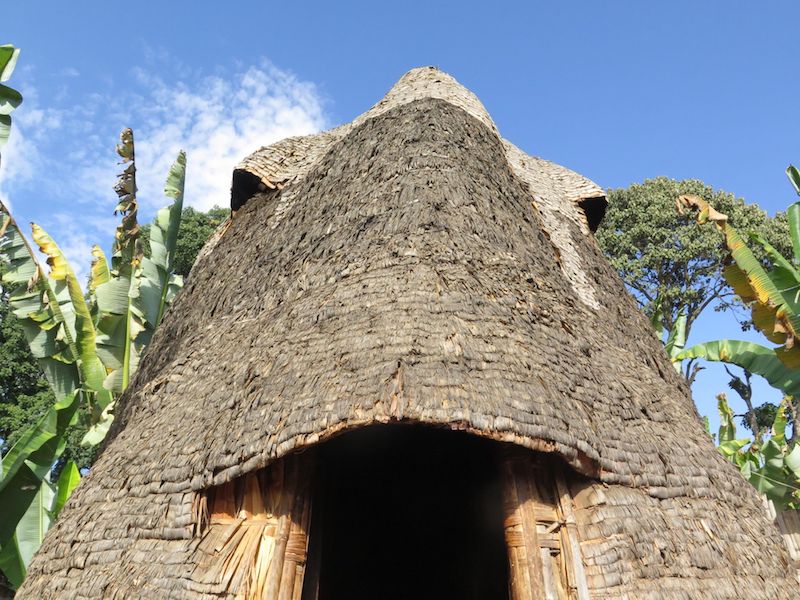
The Dorze Tribe, who live in Dorze Village, which you can reach by climbing the hills, only 17 kilometers away from Arba Minch Town, is famous for their elephant-like houses made of tree leaves. When you go to the village, you can visit their high-domed house resembling a giant elephant, taste the local drinks, bread and honey, and buy souvenirs made of woven fabrics that they made with their own hands. I can say that Dorze is the most decent village in this region, there are even Lodge-style hotels where you can stay.
Conso Tribe
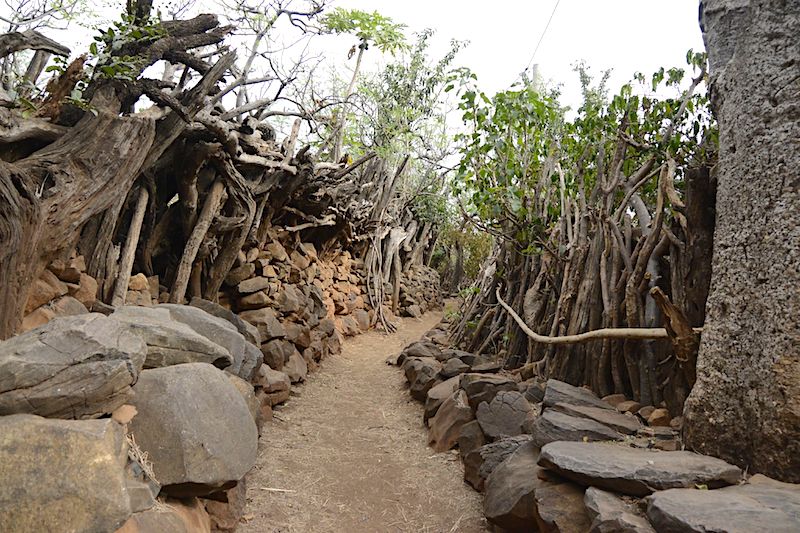
The Konso Tribe is a tribe that lives on steep, stony and steep hills. The Consuls are the wealthiest tribe in the Omo Valley due to their fertile lands. The Konso tribe is known for their colorful fabrics and pleated skirts. In order to adapt to its geography, this tribe terraced the agricultural fields and even the village itself, making the steep slopes suitable for use. This terracing system is among the UNESCO Cultural Heritage. Commune houses, the square used for ceremonies, village houses, terraces and the totems they call Wasa, which they use instead of tombstones, are among the things to see in Konso Village. You can see various Wasa samples and other cultural assets of the village at the Konso Museum.
Hamer Tribe
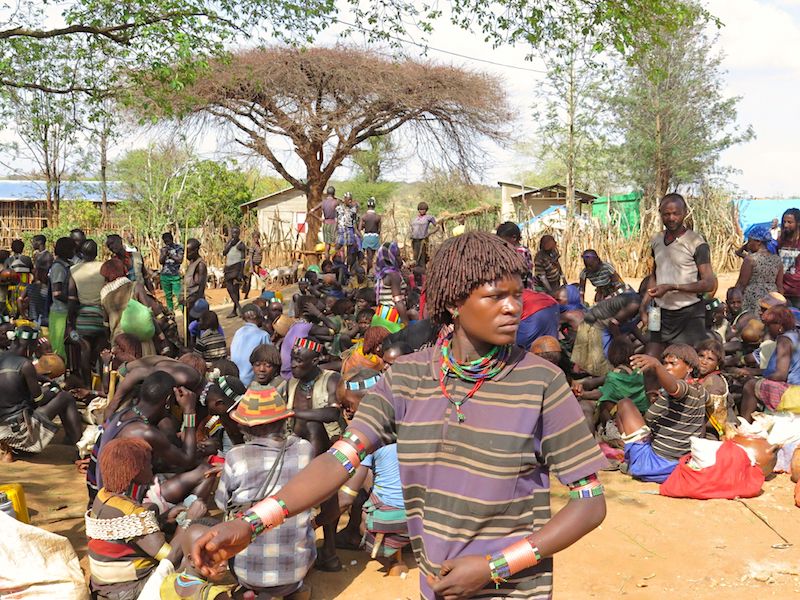
The most populous tribe in the Omo Valley are the Hamers, who live within the boundaries of Mago National Park. Alduba Village is one of the villages close to the region where the Hamer Tribe lives. Village markets are one of the must-see places while visiting the Omo Valley. Tribes from villages that you cannot visit one by one come together to sell what they produce and buy their needs in the markets. You can distinguish the members of the Hamer Tribe by the red earth and dreadlocks they make on their hair. The men of the tribe immediately draw attention with their body jewelry made of colored beads. The tradition that makes the Hamer Tribe unique is the “Bull Jumping Ceremony”. The ceremony is held to prove the power of the groom before marriage. The women of the village encourage the groom with songs and dances before the married man jumps over the bulls. But this dance part of this ceremony is a bit creepy because women get themselves whipped. Unfortunately, you do not always have the chance to come across this ceremony, there must be a wedding in the village.
Dasani Tribe

To reach the Dasani Tribe, you have to cross the Omo River. Crossing the 760-kilometer-long Omo River in a traditional boat made of tree bark, you can reach the place where the Dasani live. The Dasanis, who migrated from Kenya, already live in an area very close to the Kenyan border, are one of the most photographed tribes, with dried plants tied in their hair and colorful clothes resembling the Masai.
Banna Tribe
You can see the Banna Tribe at Keyafa Bazaar. You can part unmarried and unmarried women of the Banna Tribe by hair, which resembles the Hamers. Single girls have the same hair as boys. Banna girls can be with any man between the ages of 15-19. Thus, they believe that they have gained experience for marriage. Men can marry more than one woman. If women get pregnant before marriage, the child is killed because it is considered bad luck, and they find this very normal. If a newborn baby's teeth start to come out after 6 months, this is considered bad luck and the reason for the death of the baby. Sounds so scary doesn't it?
Aryan Tribe

Ari Village looks much more like modern village life after seeing other tribal life. Tribe members are dressed in modern clothes and live in houses as we understand it, much more than those in other villages. In Ari Village, you can see the local brewing and help the village women make traditional Injera bread made from Teff flour in one of the village houses.
Mursi Tribe
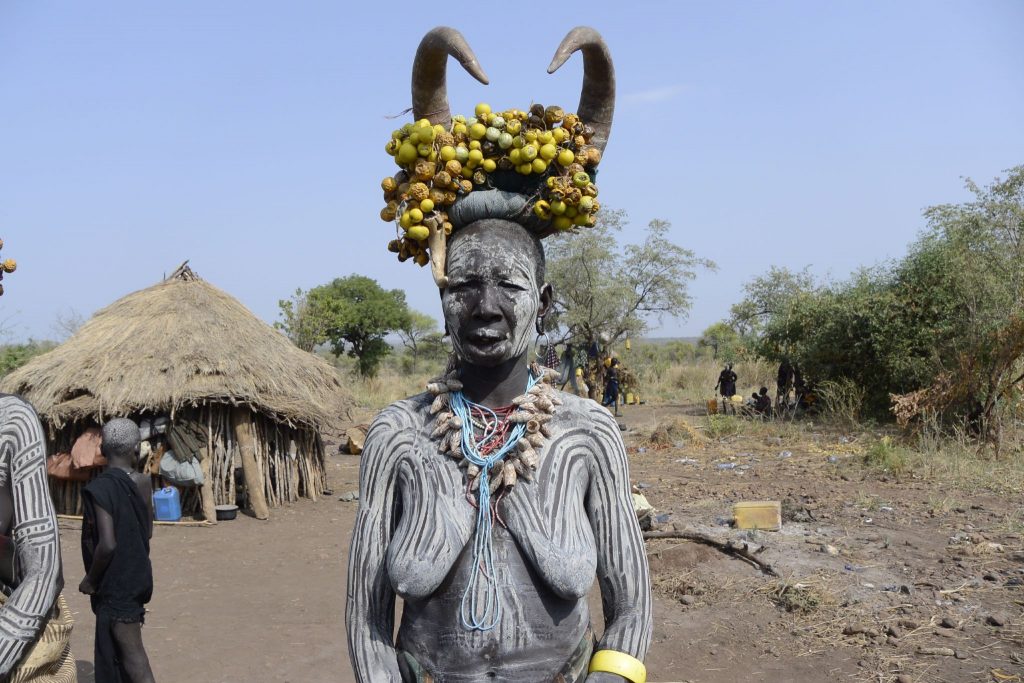
One of the famous tribes of the Omo Valley is the Mursi. The tribe lives within the boundaries of Mago National Park, close to Jinka city. The Mursi live with wild animals such as lions, elephants and giraffes in Mago National Park, and they make a living from agriculture and animal husbandry.
Mursi Tribe women are famous for the plates they wear on their lips. They wear these plates to "look nice". No man wanted to marry a woman without a plate, so all women have a cut on their lips to fit a plate. The larger the plate made of clay or wood, the higher the bride price. Of course, they don't wear the plate all the time, they wear it during ceremonies and special occasions. For those who love to take pictures, the most interesting tribe is of course the Mursi tribe because of the plates on the lips of the women. It is hard to believe that women are out of this world with the flowers, seeds they wear in their hair, even the soda caps left over from tourists, the body paints and colorful jewelry they put on their bodies.
Omo Valley is home to many tribes, each with interesting traditions. Omo is a must-see region before the tribes adopt modern life and their cultures do not change.
The edited version of this article was published in the January 2022 issue of Skyroad Magazine.
